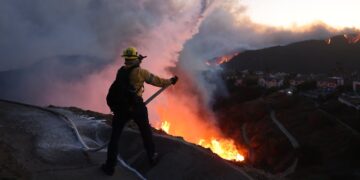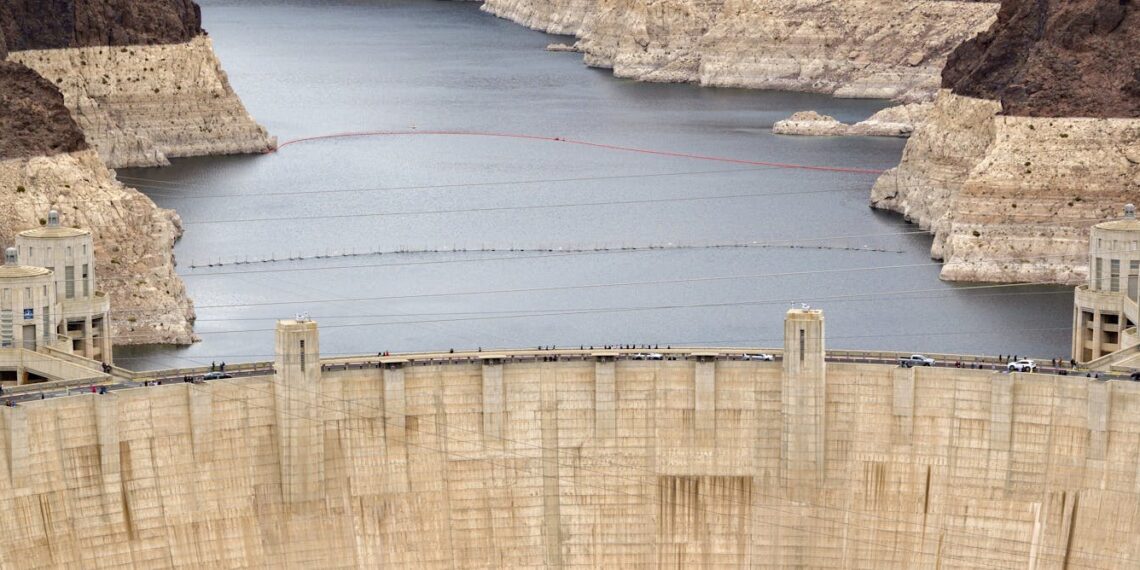Login to Continue Learning
Fire season is expanding across California with an earlier start to wildfire activity. In parts of the northern mountains, this shift has been more than 10 weeks earlier compared to the 1990s, according to a new study.
Atmospheric scientists Gavin Madakumbura and Alex Hall explain how climate warming has driven this trend and why it’s likely to continue.
**Key Findings:**
Over the past three decades, California has experienced more destructive wildfire seasons with more land burned. However, fire season now starts earlier as temperatures rise and vegetation dries out. The researchers analyzed hundreds of thousands of fire records from 1992 to 2020 in different regions.
While other studies have observed changes in the timing of fire season across the western U.S., this research identifies the drivers behind these trends and quantifies their effects. The typical onset of summer fire season, usually in May or June, has shifted earlier by at least one month since the 1990s and up to 2.5 months in some regions, including the northern mountains.
Human-caused climate change is responsible for advancing the start of fire seasons between six and 46 days earlier across most of California from 1992 to 2020. The study suggests that as climate warming continues, this pattern will likely persist, leading to longer fire seasons with increased potential for more of the state to burn.
**Drivers of Earlier Fire Seasons:**
Several factors contribute to long-term changes in wildfire activity:
– Availability of fuel (grasses and trees)
– Increase in ignition sources like power lines due to growing wildland development
– Fuel aridity, which is influenced by climate conditions
Fuel aridity had the strongest influence on year-to-year shifts in fire season timing. Increased temperatures and vapor pressure deficit are primarily responsible for shifting the onset of fire seasons.
**Regional Differences:**
The biggest shifts in fire season timing have been observed in California’s northern mountains. Warmer winters cause earlier melting of snowpack, making forests and ground drier sooner and increasing fire potential. The frequency of such warm years is rising due to climate change, which accelerates fuel flammability.
In contrast, drier regions like deserts are more sensitive to precipitation changes than temperature changes. Assessing the influence of climate change in these areas mainly involves examining whether precipitation patterns have shifted due to warming. Natural year-to-year variability in precipitation makes it challenging to identify a strong effect from climate change yet. However, this could change if precipitation changes become significant enough.
This research highlights the need for ongoing monitoring and adaptation strategies to mitigate the risks posed by earlier fire seasons in California and other fire-prone areas of North America.



















